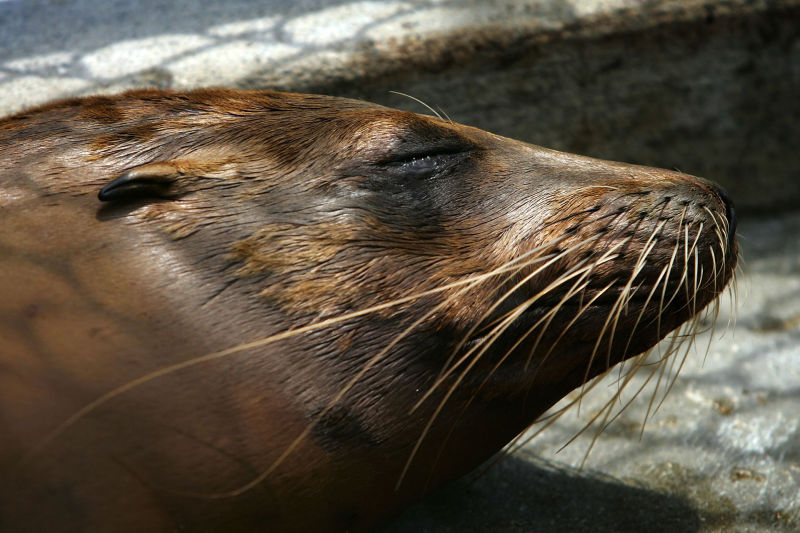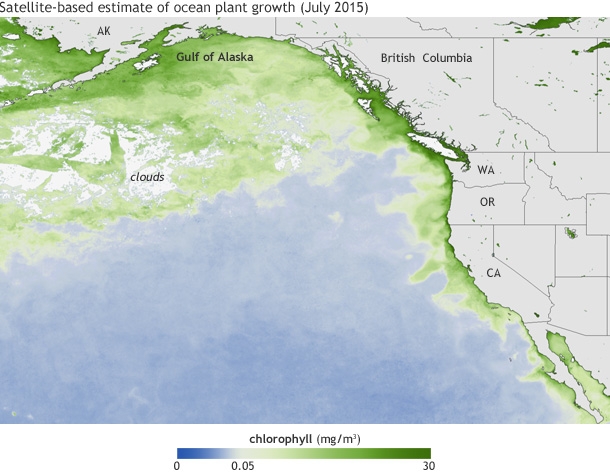Tests on dead or dying marine wildlife show the animals were exposed to a vast bloom of toxic algae that flourished off the West Coast this summer, federal biologists said on Tuesday.
Scientists detected domoic acid — a neurotoxin produced by marine algae and harmful to people, fish and marine life — in more than three dozen animals from Washington to California, including whales, dolphins, seabirds and seals. Several were found to have dangerous levels of the toxin, the National Oceanic and Atmospheric Administration (NOAA) said.
Meanwhile, high levels of domoic acid continue to be found in shellfish.
On Tuesday, California health officials advised people not to eat Dungeness or Rock crabs caught between the Oregon border and the southern Santa Barbara County line because tests showed dangerous levels of domoic acid.
Oregon state officials also issued an advisory Tuesday for all recreationally caught crab along the southern Oregon coast, from south of Coos Bay to California. Officials warned people to remove the viscera, or guts, before eating the crab meat.


